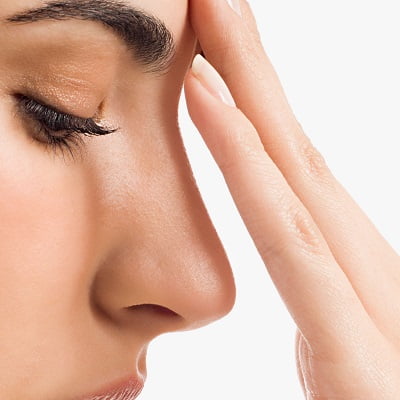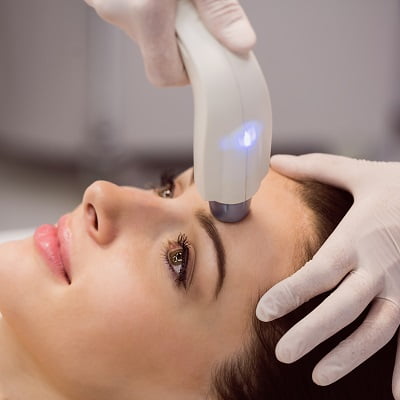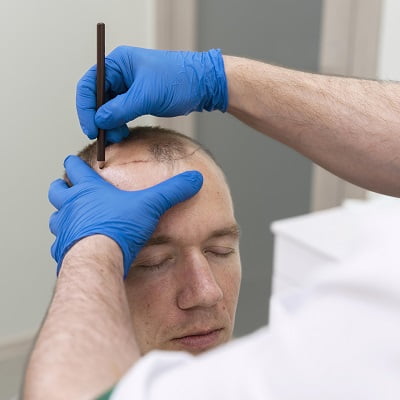the operation is vital, the aftercare is just as necessary to guarantee a good recovery and provide the intended outcomes. Your healing process can be much improved by knowing what should not be done following rhinoplasty. The article is all about What Should Not Be Done After Rhinoplasty Surgery.
What Should Not Be Done After Rhinoplasty Surgery?
Following are things What Should Not Be Done After Rhinoplasty Surgery.
Avoid Strenuous Activities:
One of the most crucial things to avoid following rhinoplasty is vigorous activity. This includes physical activity, hard lifting, and challenging training. These kinds of exercises can raise blood pressure, which might cause nose area edema and bleeding. Similarly, staying away from these activities for at least four to six weeks after surgery is helpful.
Don’t Blow Your Nose:
Blowing your nose could upset the healing process and compress the nasal structures. Complications and bleeding can also follow. If you must clean your nose, softly dab with a tissue and see your surgeon for safe substitutes to control nasal congestion.
Avoid Wearing Glasses:
Wearing sunglasses or glasses might compress the nasal bridge. Therefore, it will effect the surgical outcomes. Thus, do not wear glasses for at least four to six weeks following the operation. Use contact lenses or see your surgeon about other options to support your spectacles without straggling your nose.
Avoid Baths and Hot Showering:
Hot showers, baths, and saunas help to boost blood flow to the face, therefore causing edema and irritation. For the first few weeks following surgery, lukewarm showers are ideal and you should avoid running hot water or steam on your face.
Do Not Sleep on Your Stomach or Side:
Sleeping on your side or stomach might stress your nose, possibly altering the nasal structures and influencing the healing process. To help avoid this, sleep on your back with your head raised, using pillows. This posture maintains normal nasal alignment and helps lower edema.
Avoid Smoking and Alcohol:
Drinking drink and smoking might impede healing. Moreover, smoking lowers blood supply to the tissues, so slowing down recovery and raising the likelihood of problems. Alcohol could aggravate edema and lead to dehydration. Avoid alcohol and smoking for at least a few weeks before and following the surgery.
Do Not Eat Hard or Chewy Foods:
Chewing stiff or hard meals can strain the muscles around your nose, resulting in discomfort and compromising the healing process. During the first recuperation period, stick to soft meals like yogurt, mashed potatoes, and smoothies that require little chewing.
Avoid Excessive Sun Exposure:
Direct sunlight can burn your nose and cause nasal skin to turn discolored. It may also aggravate edema. When you venture outside, don a wide-brimmed hat and apply a high-SPF sunscreen to guard your nose. Steer clear of extended sun exposure, particularly at prime hours.
Do Not Skip Follow-Up Appointments:
Follow-up visits with your surgeon are absolutely vital to tracking your healing and answering any questions. Moreover, ignoring these visits can result in missed opportunities to identify possible issues early on. Furthermore, show up for all planned checkups and ask your surgeon any questions or concerns.
Avoid Touching or Bumping Your Nose:
You should not touch, knock on, or press anything on your nose. However, minor damage might influence the healing process and the result of your rhinoplasty. However, watch your surroundings and avoid unintentional knocks to your nose.
Final Thoughts:
The recovery from a rhinoplasty depends on appropriate aftercare. You will significantly improve your healing by avoiding vigorous activities, not blowing your nose, avoiding glasses, hot showers, and specific sleeping positions, not smoking alcohol, having complex meals, and too much sun exposure. Achieving the most incredible possible results also depends on keeping your nose from trauma and attending follow-up visits. Moreover, following these rules will assist in guaranteeing a flawless recovery and the lovely, natural-looking nose you want.
If you want to consider rhinoplasty or get a customized consultation, book your appointment with Royal Cosmetic Surgery-PK.




















Book Appointment